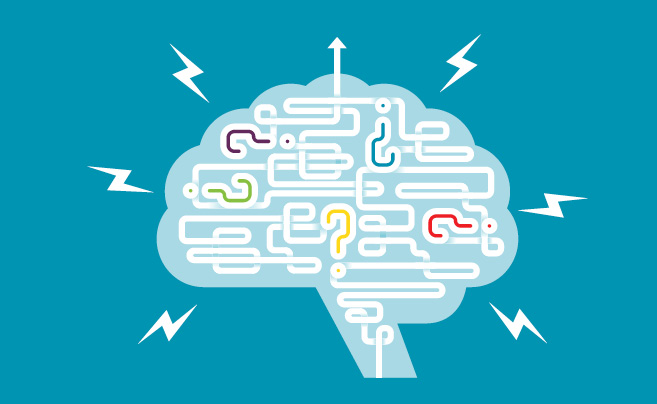When Tina Turner sings, “What’s love got to do with it?” the answer is, everything. Falling in love is associated with the release of oxytocin, the neuro-hormone that is the foundation for trust in all our relationships.
It’s now available as a convenient nasal spray to enhance your social appeal, but before you head off to your local chemist to try it out, it’s important to examine why oxytocin matters at work.
Oxytocin builds stronger, more deeply connected relationships leading to behaviour that is more compassionate, co-operative, and generous. In other words it creates strong social networks of aligned individuals who are more willing to contribute, engage, and relate to each other. Trust boosts engagement and performance.
The neuroeconomics of trust
Dr. Paul Zak neuro-economist at Claremont Graduate University devised the Ofactor model to quantify the effect of oxytocin on interpersonal level of trust. Not surprisingly, he showed how employees within high-trust organisations report 70% less stress, 28% more energy, 26% more joy, 69% higher job retention, and 70% greater job satisfaction.
In addition, those in the top quartile of trust are 19% more productive, 22% more innovative in problem solving, and took 33% fewer sick days.
Trust is clearly good for business.
Trust reduces stress
Building trust helps alleviate stress and maintains access to the brain’s executive suite, the prefrontal cortex, for greater logic, reasoning, and good judgment.
Trust is built in small increments and can be broken in an instant by an unkind word or ‘off the cuff’ comment. Social pain is felt as keenly as physical pain because they share common neural pathways, and the emotional fallout can be long lasting.
Under conditions of high stress, levels of testosterone rise that counter-effect the positive bonding of oxytocin, and move us towards a state of greater mistrust which, in men, can manifest as increased aggressive behaviour.
Seeking to minimize fear and stress in the workplace, helps optimise the positive benefits of oxytocin linked to social reward.
Boosting oxytocin (& trust) at work
1. Create a place of safety
Creating a brain-safe environment starts with communicating clearly to diminish uncertainty, and demonstrating fairness in all dealings with others.
2. Show that you care
Listening more, encouraging discourse, and asking questions all help to build social connection and relatedness. The fastest way to build trust is to ask others for their help.
3.Empower others
Micromanagement saps oxytocin faster than the latest model Dyson vacuum cleaner. Giving people the autonomy to demonstrate they can do their work and do it well is trust building at its best.
4. Show your appreciation
Feeling rewarded by meeting a deadline, or being called out for doing a good job boosts oxytocin and dopamine release that elevates mood and increases the motivation to repeat that behaviour.
5. Go for a high five
Physical touch enhances oxytocin levels. So whether you go for a restrained handshake, reassuring tap on the shoulder or the full body contact hug, all enhance oxytocin and that level of trust.
Forming meaningful relationships that connect us at the human level is what leads to greater business growth and success, and it all starts with trust.





